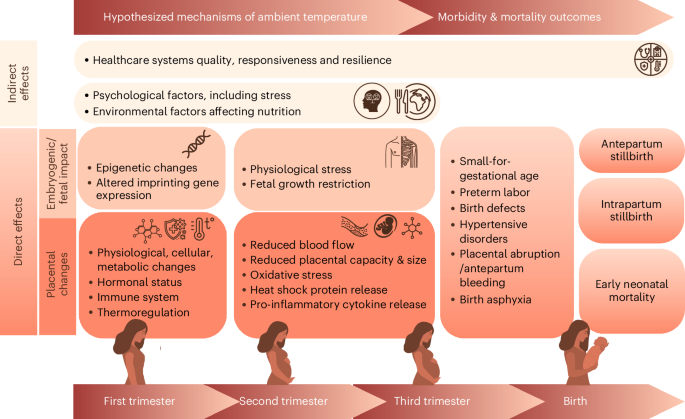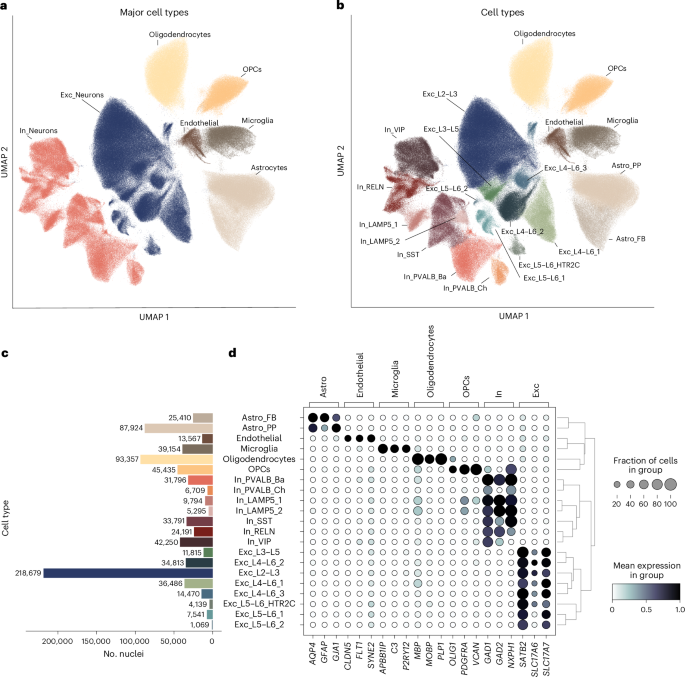2024-09-03 カロリンスカ研究所(KI)
<関連情報>
- https://news.ki.se/hot-flushes-are-associated-with-cardiovascular-risk-1
- https://www.ahajournals.org/doi/10.1161/JAHA.123.033648
更年期の血管運動症状と潜在性アテローム性動脈硬化性心血管疾患: 集団ベースの研究 Menopausal Vasomotor Symptoms and Subclinical Atherosclerotic Cardiovascular Disease: A Population‐Based Study
Sigrid Nilsson, MD, PhD ; Angelika Qvick, MD ; Moa Henriksson, MD ; Sofia Sederholm Lawesson, MD, PhD ; Anna‐Clara Spetz Holm, MD, PhD ; and Karin Leander, PhD
Journal of the American Heart Association Published: 21 August 2024
DOI:https://doi.org/10.1161/JAHA.123.033648

Abstract
Background
Menopausal vasomotor symptoms (VMS) are increasingly emphasized as a potentially important cardiovascular risk factor, but their role is still unclear. We assessed the association between VMS and subclinical atherosclerotic cardiovascular disease in peri‐ and postmenopausal women.
Methods and Results
Using a cross‐sectional study design, questionnaire data were collected from a population‐based sample of women aged 50 to 64. The questionnaire asked whether menopause was/is associated with bothersome VMS. A 4‐point severity scale was used: (1) never, (2) mild, (3) moderate, and (4) severe. The VMS duration and time of onset were also assessed. Associations with subclinical atherosclerotic cardiovascular disease, detected via coronary computed tomography angiography, coronary artery calcium score, and carotid ultrasound were assessed using the outcome variables “any coronary atherosclerosis,” “segmental involvement score >3,” “coronary artery calcium score >100,” and “any carotid plaque,” using logistic regression. Covariate adjustments included socioeconomic, lifestyle, and clinical factors. Of 2995 women, 14.2% reported ever severe, 18.1% ever moderate, and 67.7% ever mild/never VMS. Using the latter as reference, ever severe VMS were significantly associated with coronary computed tomography angiography‐detected coronary atherosclerosis (multivariable adjusted odds ratio, 1.33 [95% CI, 1.02–1.72]). Corresponding results for ever severe VMS persisting >5 years or beginning before the final menstrual period were 1.50 (95% CI, 1.07–2.11) and 1.66 (95% CI, 1.10–2.50), respectively. No significant association was observed with segmental involvement score >3, coronary artery calcium score >100, or with any carotid plaque.
Conclusions
Ever occurring severe, but not moderate, VMS were significantly associated with subclinical coronary computed tomography angiography‐detected atherosclerosis, independent of a broad range of cardiovascular risk factors and especially in case of long durations or early onset.


